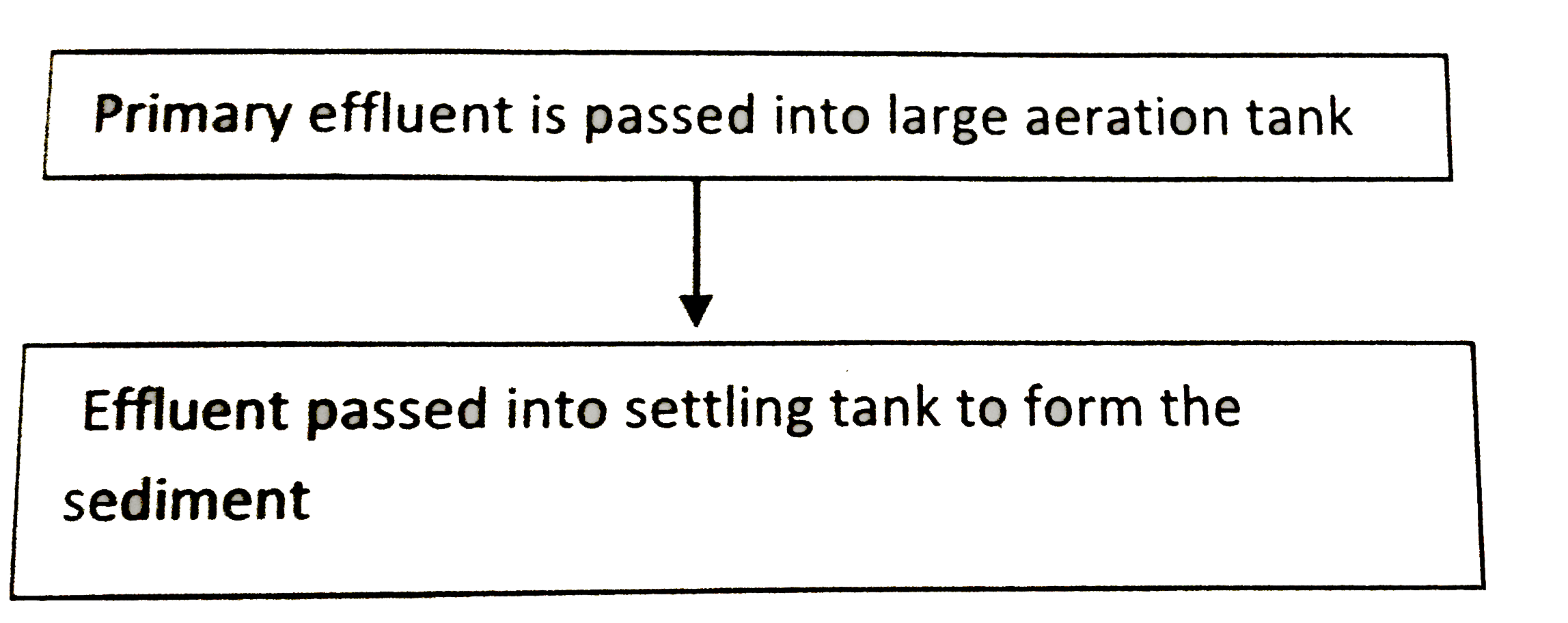The technical term used for the androecium in a flower of China rose (Hibicus rosa-sinensis) is
Monoadelphous
Diadelphous
Polyandrous
Polyadelphous
The correct Answer is:A
Step by step video, text & image solution for The technical term used for the androecium in a flower of China rose (Hibicus rosa-sinensis) is by Biology experts to help you in doubts & scoring excellent marks in Class 12 exams.
Updated on:21/07/2023Topper's Solved these Questions
- NEETBOOK - NEET PREVIOUS YEAR (YEARWISE + CHAPTERWISE)CHAPTER - NEETEXERCISE - MCQ
184 Videos
- NEETBOOK - NEET PREVIOUS YEAR (YEARWISE + CHAPTERWISE)CHAPTER - NEETEXERCISE - BIOLOGY
306 Videos
- MORPHOLOGY OF FLOWERING PLANTSBOOK - NEET PREVIOUS YEAR (YEARWISE + CHAPTERWISE)CHAPTER - MORPHOLOGY OF FLOWERING PLANTSEXERCISE - Exercise
91 Videos
- NEET 2018BOOK - NEET PREVIOUS YEAR (YEARWISE + CHAPTERWISE)CHAPTER - NEET 2018EXERCISE - Exercise
90 Videos
Similar Questions
Large quantities of sewage is generated everyday in cities and towns, which is treated in Sewage Treatment Plants (STPs) to make it less polluted. Given below is the flow diagram of one of the stages of STP.
Observe the given flow diagram and answer the questions accordingly

(a) Why primary effluent is passed into large aeration tanks?
(b) Write the technical term used for the sediment formed? Mention its significance
(c) Explain the final step that results in the formation of biogas in the large tank before the treated effluent is released into water bodies.
View SolutionWhat is the term used for plant bearing both male and female flowers?
View Solution
Knowledge Check
The technical term used for the androecium in a flower of China rose ( Hibiscus rosasinensis) is
ADiadelphousBPolyandrousCPolypetalousDMonoadelphousChina rose (show flower )belongs to :-
ASolanaceaeBMalvaceaeCPapilionataeDLiliaceaeIn china rose the flowers are
Azygomorphic, epigynous with twisted aestivationBActinomorphic, hypogynous with twisted aestivationCActinomorphic, epigynous with valvate aestivationDZygomorphic, hypogynous with imbricate aestivation
State true or false :
(i) Unisexual flowers occur in china rose
(ii) Monoecious condition in lower plants is absent.
View SolutionWrite the technical term used in human ABO blood groups fro IA,IB and i.
View SolutionIn china rose the flowers are
View SolutionIn china rose the flowers are
View SolutionAmong the terms listed below, those that of are not technically correct names for a floral names for a floral whorl are
(i) Androecium
(ii) Carpel
(iii) Corolla
(iv) Sepal
View Solution
